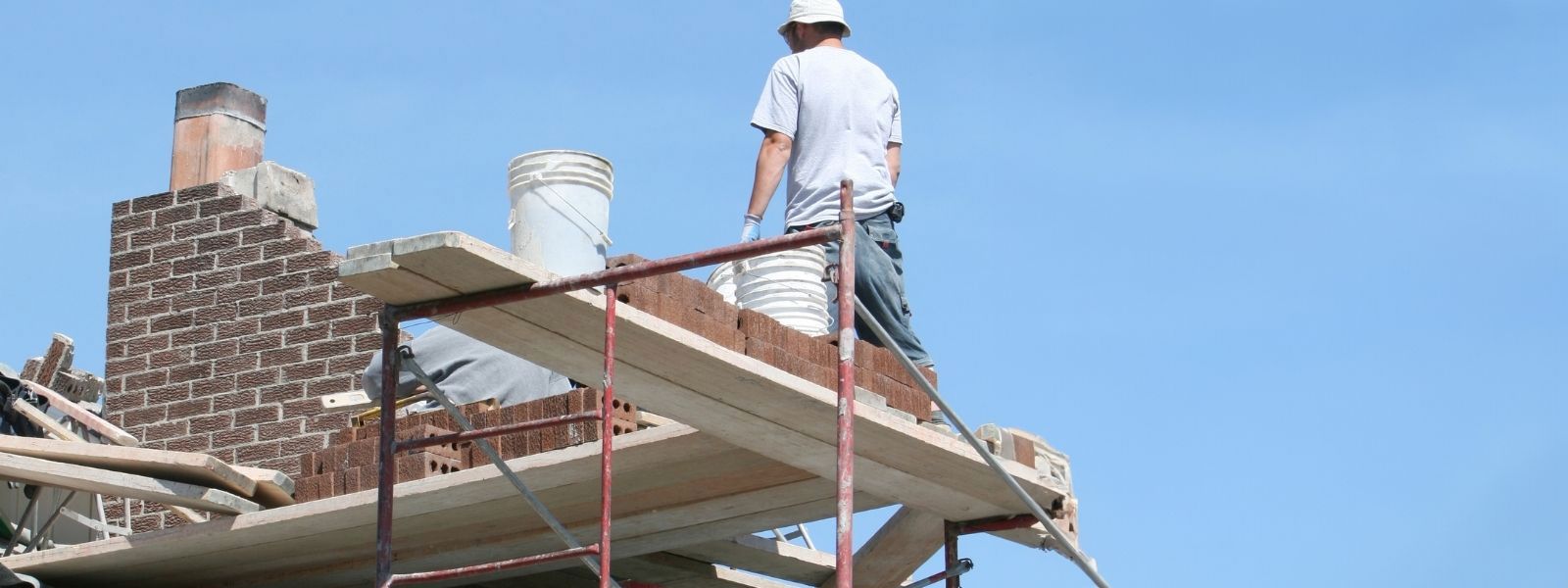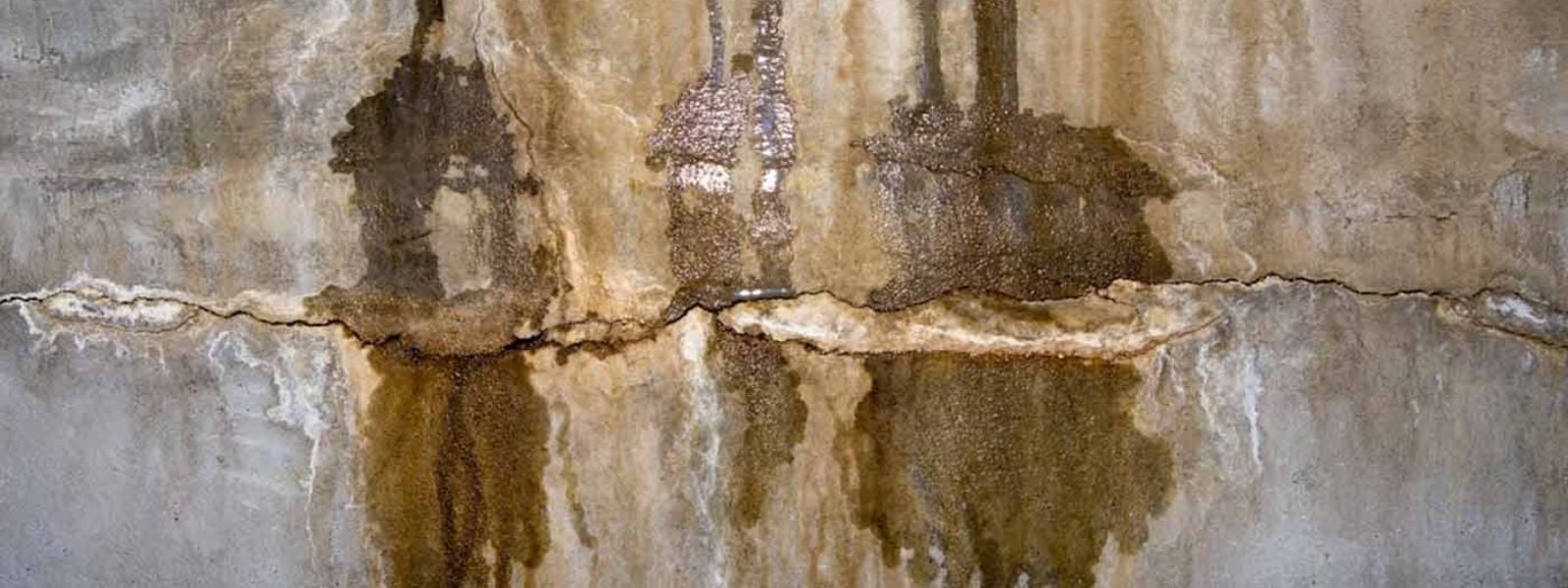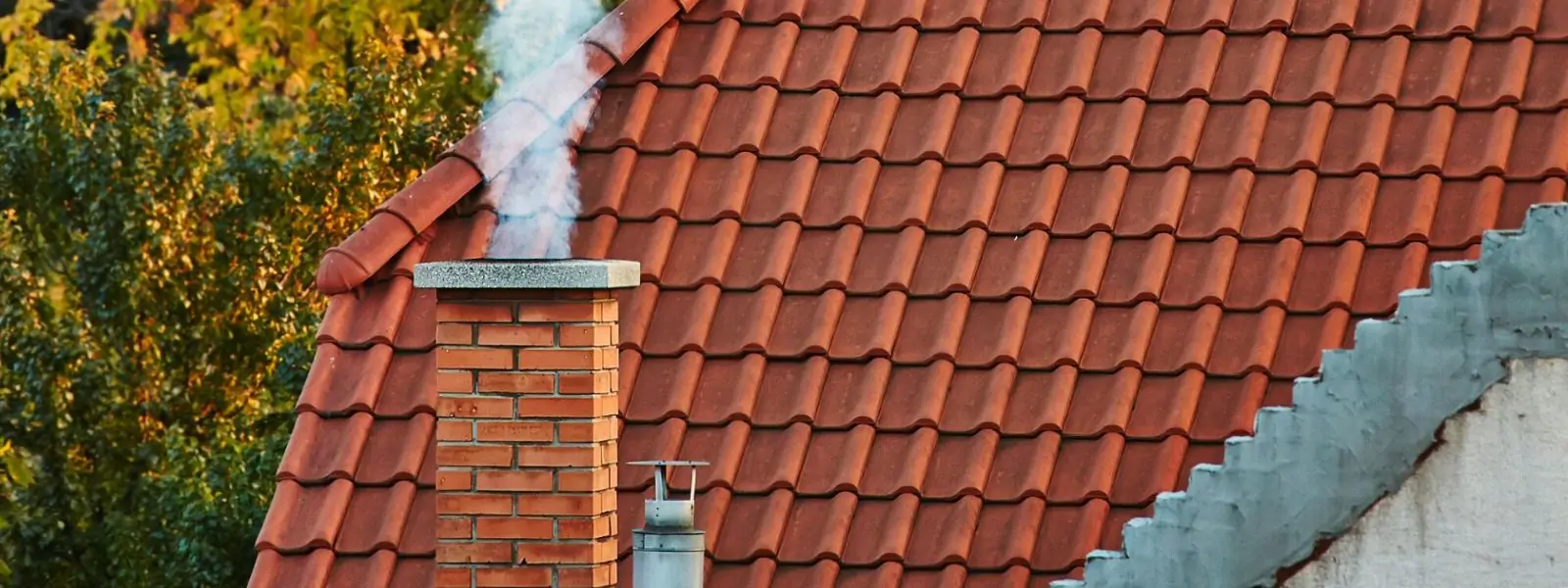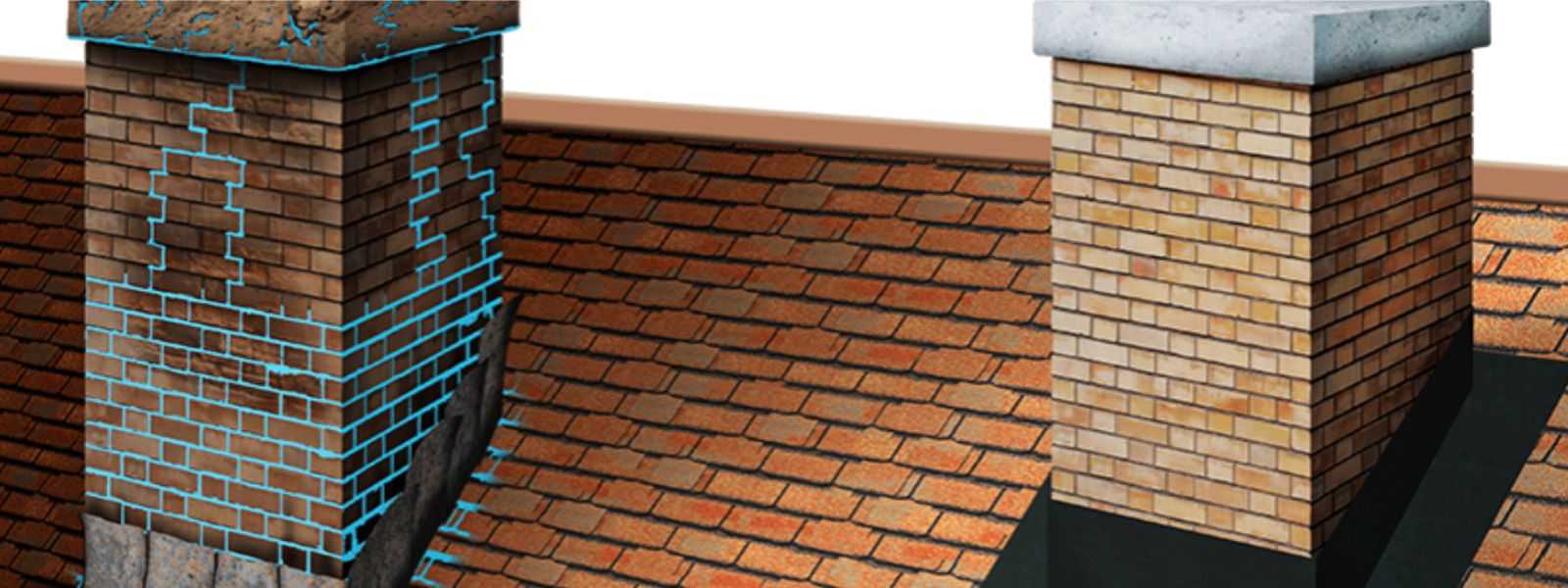Introduction
Protecting your home is essential, and one often overlooked area is the chimney. Chimney waterproofing is a crucial step in safeguarding your home against potential damage and costly repairs.
In this ultimate guide to chimney waterproofing, we will take you through everything you need to know to keep your chimney dry and in top condition. From understanding the importance of chimney waterproofing to the different techniques and products available, we’ve got you covered.
By waterproofing your chimney, you can prevent water infiltration, which can lead to structural damage, mold growth, and chimney deterioration. Not only will this extend the lifespan of your chimney, but it will also contribute to a safer and more efficient fireplace or heating system.
So whether you’re a homeowner looking to protect your investment or a professional chimney sweep wanting to improve your services, this guide is your go-to resource for all things chimney waterproofing. Let’s get started on securing your home from the top down.
The Importance of Chimney Waterproofing
Chimney waterproofing is a critical step in maintaining the structural integrity of your chimney and protecting your home from water damage. Water infiltration is one of the most common causes of chimney problems, and if left unchecked, it can lead to costly repairs and even compromise the safety of your home. By applying a waterproofing sealant to your chimney, you create a barrier that prevents water from seeping into the masonry and causing damage.
Water can enter your chimney through various ways, such as rain, snow, ice, and condensation. When water infiltrates the masonry, it can cause the bricks and mortar to deteriorate over time. This can lead to cracks, crumbling, and even collapse in severe cases. Additionally, water can damage the chimney liner, flue, and other components, reducing the overall efficiency and safety of your fireplace or heating system.
To ensure the long-term health of your chimney and the safety of your home, chimney waterproofing is a necessary investment. It provides an extra layer of protection against moisture, preventing potential damage and saving you from expensive repairs down the line.
Common Problems Caused by Water Damage to Chimneys
When water penetrates your chimney, it can cause a range of problems that affect both the functionality and aesthetics of your chimney system. Understanding these common problems can help you identify when your chimney may be in need of waterproofing.
One of the most noticeable signs of water damage is efflorescence, which appears as white, powdery stains on the surface of the chimney. This occurs when water carries minerals from the masonry and evaporates, leaving behind a residue. Efflorescence not only detracts from the appearance of your chimney but also indicates that water is present and causing damage.
Another common problem is spalling, which is the crumbling or flaking of bricks and mortar. When water gets absorbed into the masonry and freezes, it expands, causing the bricks and mortar to crack and deteriorate. Spalling not only weakens the structure of the chimney but also creates opportunities for water to further infiltrate the masonry, exacerbating the problem.
Water damage can also lead to the growth of mold and mildew inside the chimney. Mold thrives in damp environments, and a moist chimney provides the perfect conditions for its growth. Not only is mold unsightly, but it can also pose serious health risks to you and your family.
By addressing these common problems through chimney waterproofing, you can prevent further damage and ensure the longevity and safety of your chimney system.
Signs That Your Chimney May Need Waterproofing
Determining whether your chimney requires waterproofing can be done by observing certain signs that indicate water infiltration. Being proactive and addressing these signs early on can help prevent more significant damage and costly repairs.
One of the first signs to look out for is water stains on the walls or ceiling near your chimney. These stains may appear as discoloration or even water dripping down. This is a clear indication that water is entering your chimney and needs to be addressed promptly.
Another sign is the presence of efflorescence on the surface of your chimney. As mentioned earlier, efflorescence occurs when water carries minerals from the masonry and evaporates, leaving behind white stains. If you notice any white residue on your chimney, it’s a sign that water is penetrating the masonry and waterproofing is necessary.
Cracked or crumbling mortar joints are also an indication of water damage. When water enters the masonry and freezes, it can cause the mortar to crack and deteriorate. If you notice any visible cracks or gaps between the bricks, it’s a sign that water has been infiltrating the chimney and waterproofing should be considered.
Additionally, if you experience a musty odor or notice mold growth inside your home, particularly near the chimney, it could be a sign of water intrusion. Mold thrives in damp environments, and a moist chimney can provide the perfect breeding ground. Waterproofing your chimney can help prevent mold growth and improve the air quality in your home.
By paying attention to these signs and addressing them promptly, you can protect your home and avoid further damage caused by water infiltration.
Choosing the Right Waterproofing Products for Your Chimney
When it comes to choosing the right waterproofing products for your chimney, there are several factors to consider. The quality of the product, its compatibility with your chimney material, and its ease of application all play a significant role in achieving long-lasting protection.
1. Quality of the Product
Investing in a high-quality waterproofing product is essential for the longevity and effectiveness of your chimney’s protection. Look for products from reputable manufacturers with positive reviews and a proven track record. Cheaper products may save you money upfront but may not provide the same level of durability or performance.
2. Compatibility with Your Chimney Material
Different chimneys are constructed using various materials such as brick, stone, or stucco. It is crucial to choose a waterproofing product that is compatible with your chimney’s material to ensure proper adhesion and protection. Read the product labels or consult a professional to determine the best product for your specific chimney.
3. Ease of Application
Consider the ease of application when selecting a waterproofing product. Some products may require multiple coats or specific application techniques, which can be time-consuming and challenging for a DIY project. Look for products that are easy to use and require minimal preparation and cleanup.
4. Longevity and Performance
The longevity and performance of a waterproofing product are crucial to its effectiveness. Look for products that provide long-term protection against water penetration, UV damage, and other environmental factors. Consider the expected lifespan of the product and factor in any maintenance or reapplication requirements.
5. Environmental Impact
If you are conscious of the environment, consider choosing a waterproofing product that is eco-friendly. Look for products that have low VOC (volatile organic compounds) content and are safe for both you and the environment. Consult the product labels or manufacturer’s website for information on its environmental impact.
Conclusion
In closing, the ultimate guide to chimney waterproofing is your strategic blueprint for reinforcing your home’s defenses, ensuring the warmth that radiates from your fireplace is matched only by the security you feel knowing you’ve taken proactive measures. Every homeowner’s journey to a fortified home starts with understanding the critical role of chimney waterproofing and ends with the satisfaction of having taken the necessary steps to prevent water infiltration, thereby averting the need for repairs and the risks of structural and health-related hazards.
Remember, your chimney is more than just a pathway for smoke; it stands as a pillar of your home’s well-being. By staying vigilant to the signs of water damage, embracing the techniques and products discussed, and committing to regular maintenance, you foster not only a safer home but a sanctuary that stands strong against the elements. Waterproofing your chimney is not a mere task—it’s an investment in peace of mind, a declaration that you value the longevity and safety of your abode.
Take pride in the knowledge that by following this guide, you are ensuring the integrity and efficacy of your chimney, contributing to the sustainability and comfort of your home. It’s a task well worth undertaking, an undertaking that secures not just bricks and mortar, but the very essence of home. As we part ways with this guide, may your steps be firm and your home secure, come rain or shine, knowing your chimney stands waterproofed, steadfast atop your tranquil dwelling.




